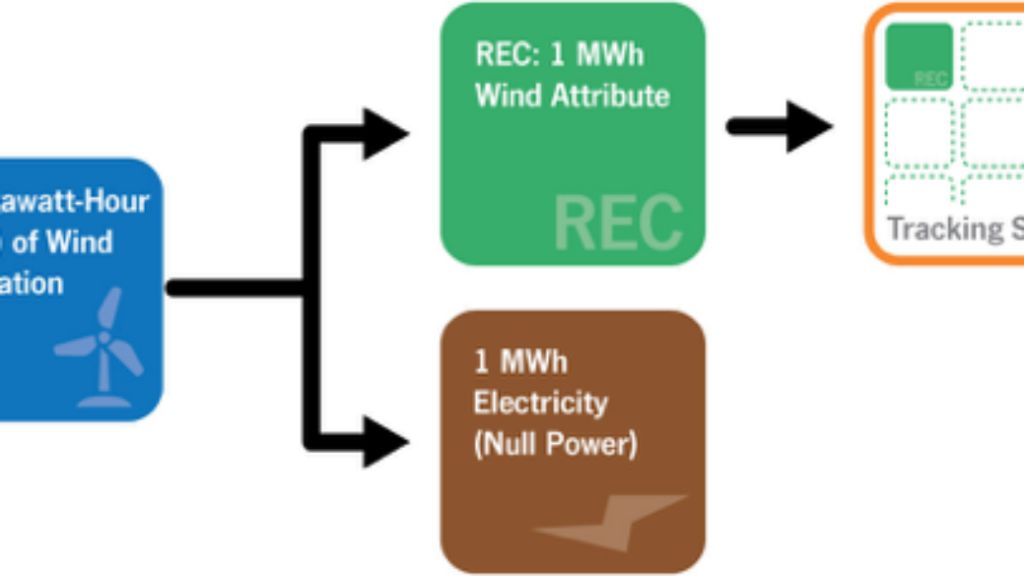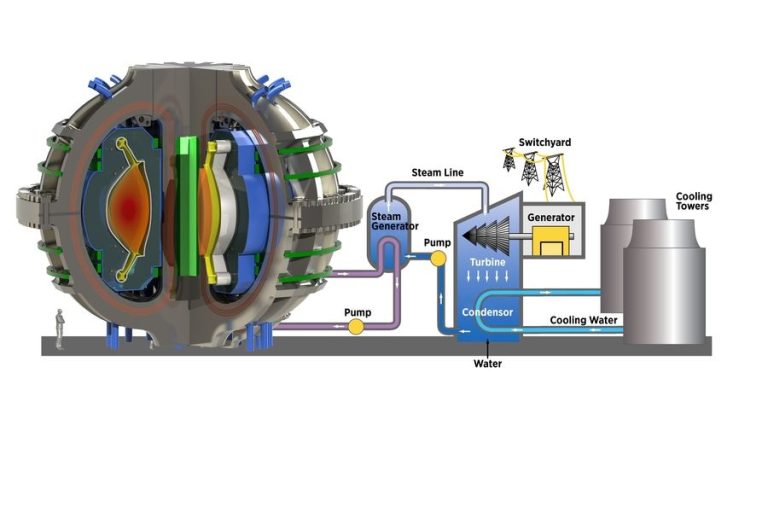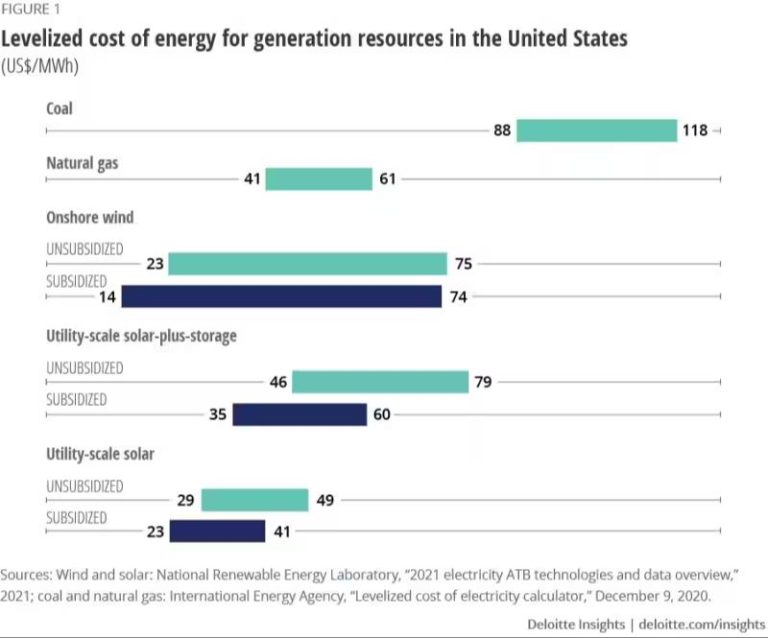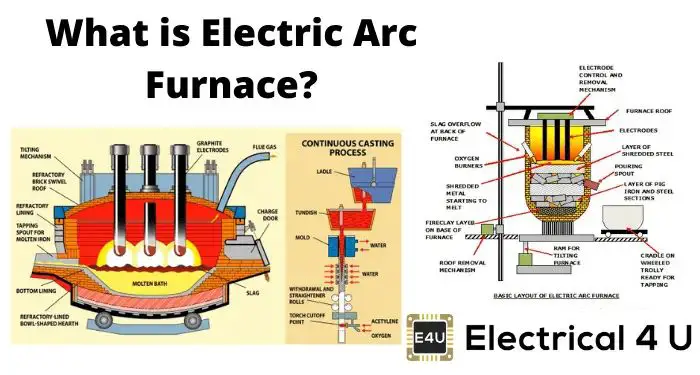How Does Recs Work?
What are Renewable Energy Certificates (RECs)?
Renewable Energy Certificates (RECs) represent proof that 1 megawatt hour (MWh) of electricity was generated from an eligible renewable energy resource and delivered to the grid. Each REC represents the environmental and social benefits of that 1 MWh of renewable electricity generation (California Energy Commission, 2002).
RECs were created to help track renewable energy generation and use. When a renewable energy facility generates electricity, it creates both the electricity as well as a REC. The REC can then be sold separately from the underlying electricity, providing a way to market the renewable attributes of renewable energy generation (Clean Energy Regulator, 2017).
Why were RECs created?
RECs were created to help promote and track renewable energy generation[1]. They allow organizations to purchase renewable energy even if they are not directly connected to a renewable energy source[2].
Specifically, RECs were developed in the late 1990s as part of electricity deregulation in the United States. Utilities were required to disclose their electricity sources, which allowed consumers to choose renewable options even if the electrons themselves did not come from renewable facilities[1]. RECs helped address this disconnect by representing the environmental benefits of renewable electricity generation.
Each REC represents proof that 1 megawatt-hour of renewable electricity was generated and added to the grid. By purchasing and retiring RECs, organizations can support renewable energy financially even if their facilities are not directly connected to renewable power plants[2]. This helps provide the demand and funding needed to develop new renewable energy projects.
Who issues and tracks RECs?
RECs are issued and tracked by renewable generators, regulatory bodies, and third-party auditors to ensure their validity and prevent double-counting. In the United States, RECs are issued and tracked at the regional level by different renewable energy tracking systems. These tracking systems are overseen by nonprofit organizations or state agencies and keep registries to verify REC ownership. For example, in the Mid-Atlantic area RECs are issued and tracked by PJM-EIS Generation Attribute Tracking System (PJM-GATS), while in the Western states it is handled by the Western Renewable Energy Generation Information System (WREGIS) tracking system (https://www.leveltenenergy.com/post/intro-renewable-energy-certificates). Third-party auditors provide an additional layer of verification by auditing the tracking systems and REC registries. This multilayered system of issuance and tracking by various regional and national bodies helps ensure the validity of RECs and prevents double-counting or fraud.
How do RECs work?
RECs allow organizations to claim usage of renewable energy even if the electricity they consume comes from the general grid and contains both renewable and non-renewable sources. Here’s how it works:
For every 1 megawatt-hour (MWh) of renewable electricity generated, 1 REC is issued by a tracking system like M-RETS or the Western Renewable Energy Generation Information System (WREGIS) [1]. The REC represents the renewable attributes of that 1 MWh of clean energy.
The generator then sells the REC, either bundled with the electricity or separately. If the REC is sold separately, the electricity is no longer considered “renewable” electricity. Meanwhile, the buyer of the REC can claim usage of renewable energy by redeeming the REC.
So in essence, RECs provide a way to separate the renewable attributes from the physical electricity. Organizations buy RECs to meet renewable energy commitments and invest in growth of renewable sources, even if the actual electrons they use come from fossil fuels.
What are the different types of RECs?
There are two main types of RECs:
Compliance RECs
Compliance RECs are used by power suppliers and utilities to comply with state renewable portfolio standards and other regulatory requirements. These standards mandate that a certain percentage of electricity sold in the state must come from renewable sources. Utilities demonstrate compliance by retiring compliance RECs to match their renewable energy production or procurement.
Compliance RECs are tied to the electricity generated and must be sourced from renewable facilities located within the same regional transmission grid as they will be used for compliance. This helps ensure the renewable attributes are matched with consumption in the same area. Compliance RECs are tracked and verified by regional tracking systems.
Sources:
https://www.epa.gov/green-power-markets/renewable-energy-certificates-recs
https://www.leveltenenergy.com/post/intro-renewable-energy-certificates
Voluntary RECs
Voluntary RECs are not required by law but are purchased by individuals, businesses, and organizations to make voluntary claims about their renewable energy usage. They allow consumers to support renewable energy financially even if they cannot directly access it through their local utility.
Voluntary RECs are sold and traded on the open market, separate from electricity. They can be sourced from renewable facilities across the country, not just local sources. This provides more options for buyers. Voluntary RECs are certified and tracked by independent tracking systems.
Sources:
https://www.epa.gov/green-power-markets/renewable-energy-certificates-recs
https://www.investopedia.com/terms/r/rec.asp
Who buys and uses RECs?
There are several types of entities that purchase and use RECs:

1. Utilities:
Many utilities purchase RECs in order to comply with state renewable portfolio standards (RPS). These policies require utilities to source a certain percentage of their electricity from renewable sources by a target date. By purchasing RECs, utilities can meet these requirements in a flexible and cost-effective way [1].
2. Corporations:
Major corporations are increasingly buying RECs as part of their sustainability and emissions reduction strategies. For example, companies like Apple, Microsoft, and Google purchase large amounts of RECs to match their electricity use and claim their operations are supported by renewable energy. This allows them to reduce their carbon footprints and meet public commitments around using clean energy [2].
3. Individuals:
Everyday energy consumers can also purchase RECs through many electricity providers. Buying RECs allows individuals to offset their greenhouse gas emissions and support renewable energy development. This is an easy way for people to mitigate their personal environmental impacts, without needing to install solar panels or switch to a renewable energy retailer [3].
In summary, RECs appeal to a wide range of buyers because they offer flexibility, cost savings, and environmental benefits. They are a important tool for supporting renewable energy growth across the electricity sector.
[1] https://www.epa.gov/greenpower/renewable-energy-certificates-recs
[2] https://www.spglobal.com/esg/insights/problematic-corporate-purchases-of-clean-energy-credits-threaten-net-zero-goals
[3] https://www.nrdc.org/experts/lara-ettenson/government-says-its-ok-buy-renewable-energy-certificates
Benefits of using RECs
RECs provide several important benefits that promote the growth of renewable energy. First, RECs directly increase demand and funding for new renewable energy generation, as their purchase financially supports building new projects. By generating separate revenue from REC sales, renewable energy developers can more affordably finance and construct new wind, solar, and other projects. This stimulates supply and expands renewable energy infrastructure.
Second, RECs provide flexibility to organizations that want to use renewable power but face barriers in directly sourcing it on-site. For example, companies leasing office space cannot easily install solar panels. Purchasing unbundled RECs gives these organizations a simple way to meet renewable energy commitments and goals.
Lastly, RECs enable detailed tracking and accounting of renewable energy usage. Each REC is assigned a unique ID and tracked in databases as it is traded, retired, or claimed. This creates an accurate system for verifying and monitoring renewable energy procurement across states and markets. Overall, RECs make achieving larger renewable energy goals more feasible.
Criticisms and concerns
There are two main criticisms and concerns regarding RECs:
Additionality and double-counting issues
Some critics argue that RECs do not always represent additional renewable energy generation and can lead to double counting (Bjørn, 2022). When a company buys RECs, they claim to be using renewable energy. But there is debate around whether the REC purchase actually caused additional renewable energy to be added to the grid. Often, renewable projects would have been built anyway without the REC revenue.
There is also the issue of double counting – where the renewable attributes are claimed by both the generator and the REC buyer. So the environmental benefits are counted twice (S&P Global, 2021).
Questionable impact on new renewable generation
Some argue that RECs do not incentivize the development of new renewable energy sources. The revenue from RECs is usually small compared to other factors driving renewable energy growth, like government policies and cost reductions (Washington Post, 2023). So the cash from RECs may not be contributing meaningfully to deploying new wind and solar projects.
Future outlook for RECs
The market for renewable energy certificates is expected to continue growing as more companies set sustainability goals and aim to reduce their carbon emissions. According to a report, the global market for RECs reached $5.7 billion in 2021 and is projected to reach over $10 billion by 2030.
Demand is being driven by corporate and government commitments to increase the use of renewable energy. Many companies are setting goals to use 100% renewable electricity, which often involves purchasing RECs. Governments are also creating policies, regulations, and carbon pricing schemes that encourage RECs usage. For example, some states have renewable portfolio standards that require utilities to obtain a certain percentage of their electricity from renewable sources, which stimulates the RECs market.
Policies and regulations around RECs are likely to continue evolving as well. There is ongoing discussion around improving the accounting rules for RECs and ensuring they result in new renewable energy capacity. Blockchain and other digital tracking platforms are being explored to enhance RECs transparency and credibility. Overall, the RECs market is expected to grow but may require adjustments to fully realize its potential and integrity.
Conclusions
RECs play an important role in the renewable energy market. By providing a mechanism to track and trade renewable energy credits separately from the actual energy produced, RECs enable the renewable attributes to be bought and sold. This helps provide revenue for renewable energy generators and allows companies and individuals to support renewable energy. RECs have helped drive significant growth in renewable energy generation over the last two decades.
However, there have been some concerns about double counting and retirement of RECs, as well as questions about their environmental benefits. Efforts are underway to strengthen REC tracking systems and regulations to address these issues. Many experts believe the overall benefits of RECs outweigh the drawbacks.
Looking ahead, RECs are likely to grow in importance as more companies announce 100% renewable energy commitments. Large tech companies like Google, Apple and Facebook have been major buyers of RECs as part of their sustainability efforts. More products are being marketed with renewable energy claims based on purchasing RECs. While debates continue, RECs appear poised for increased use and visibility as a tool for supporting renewable energy growth.






